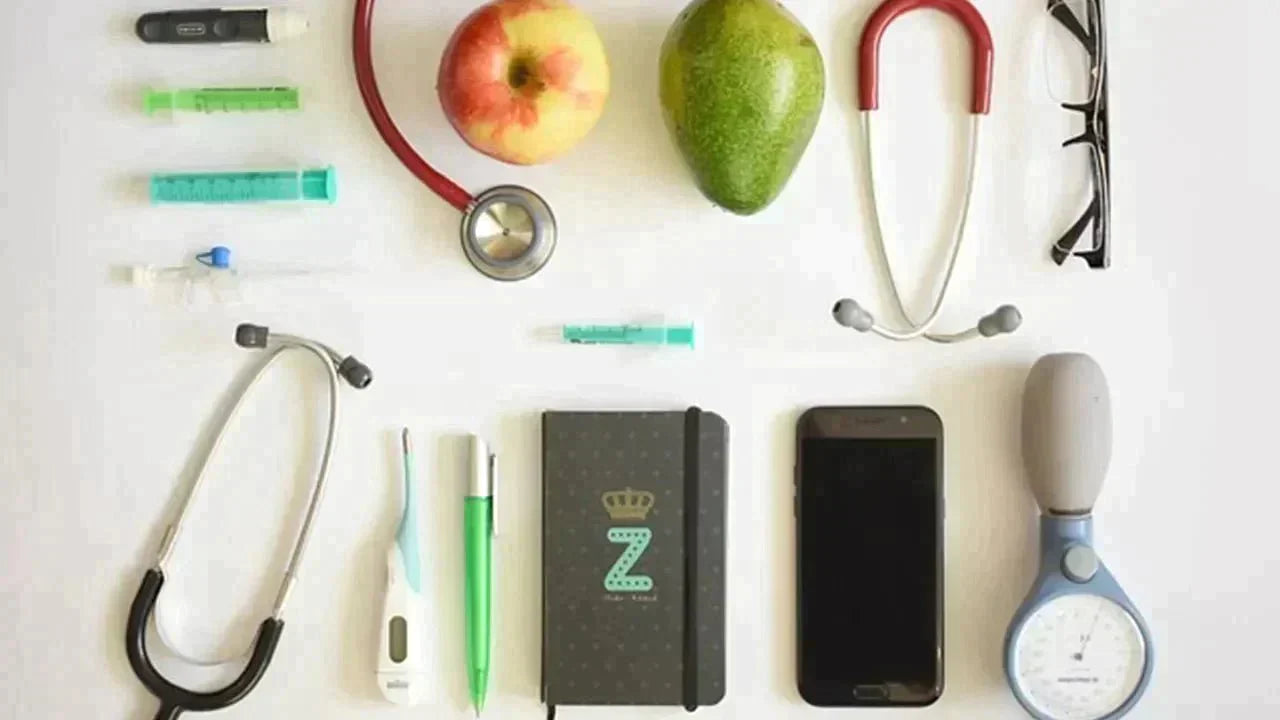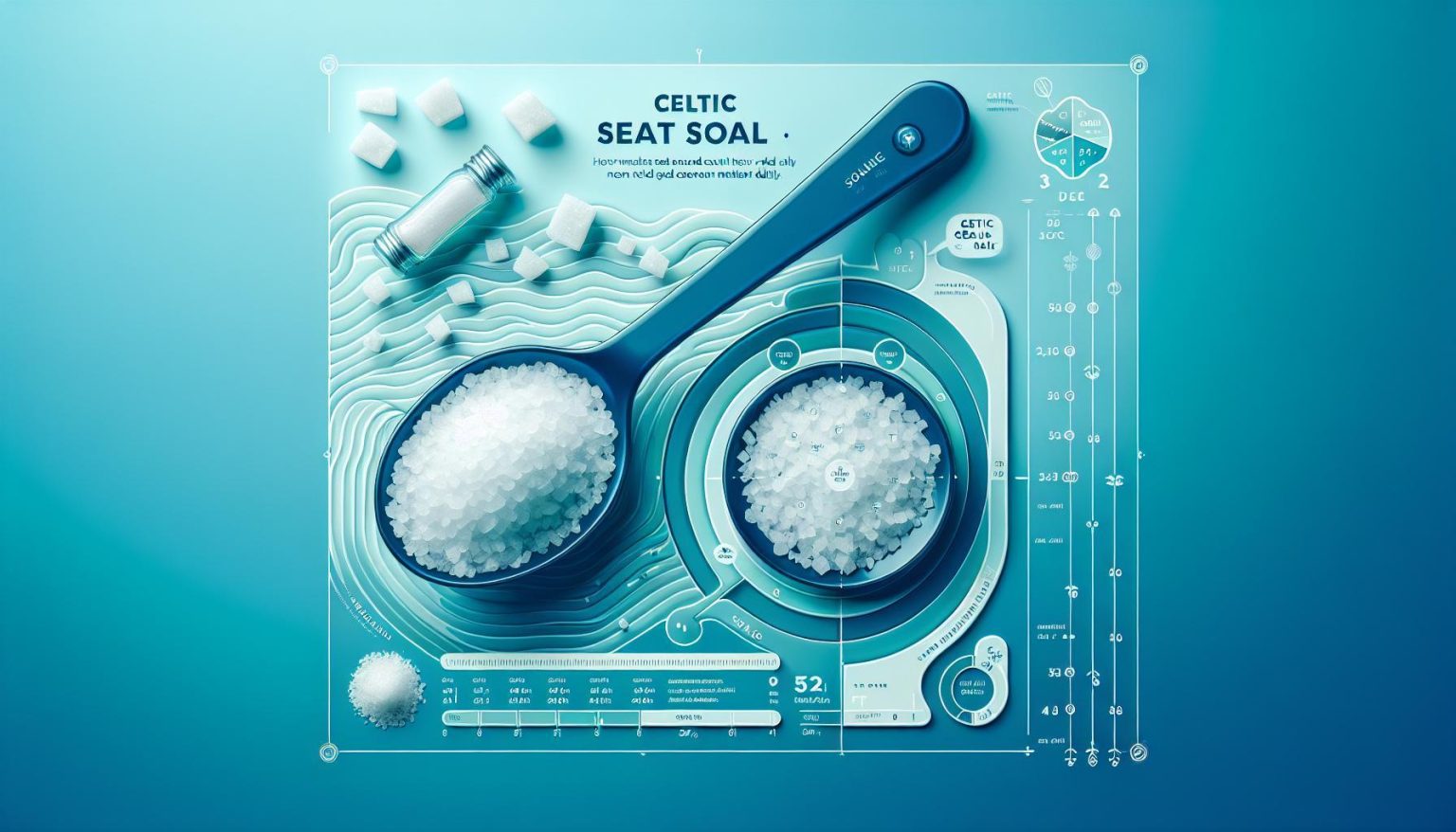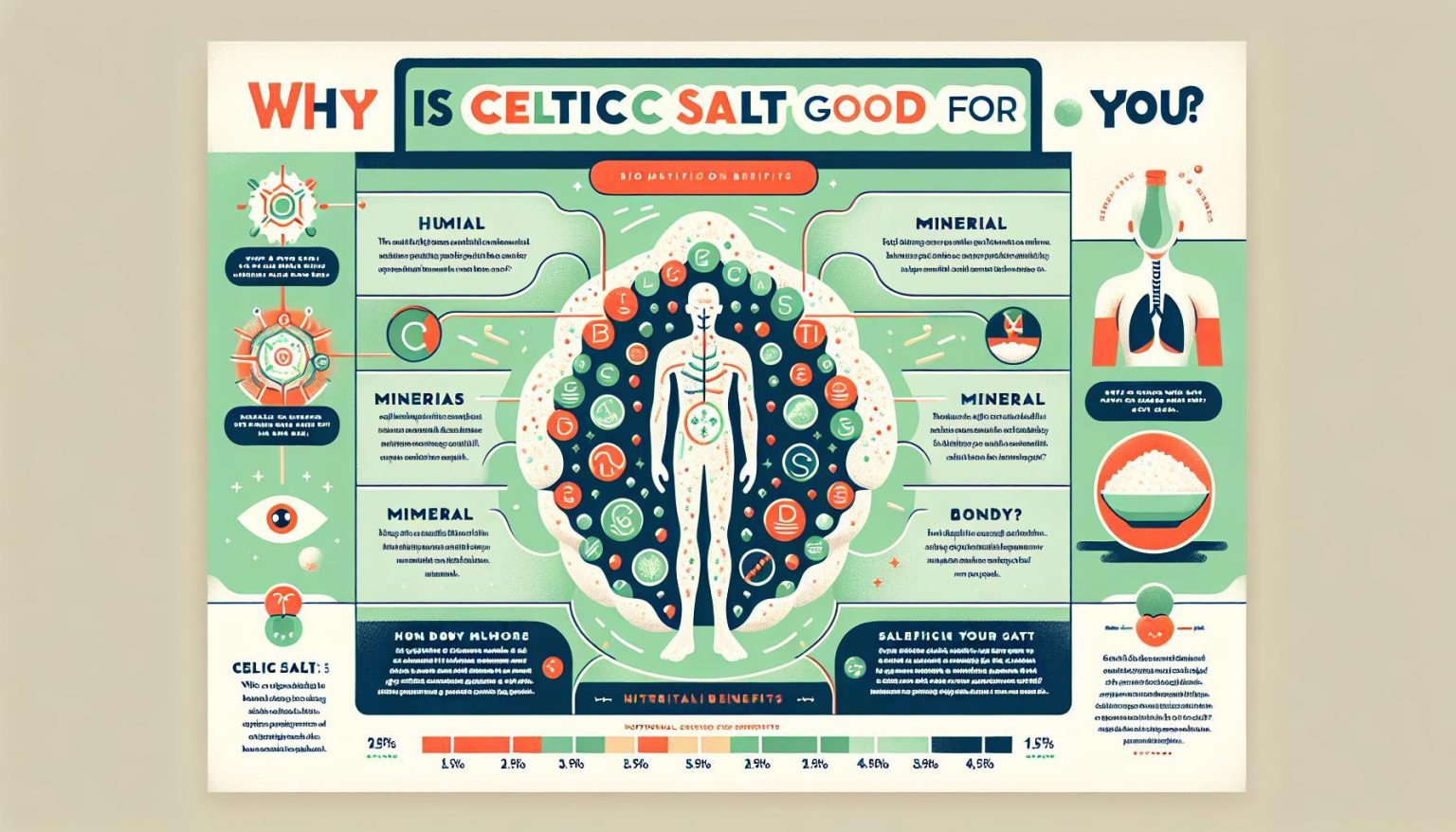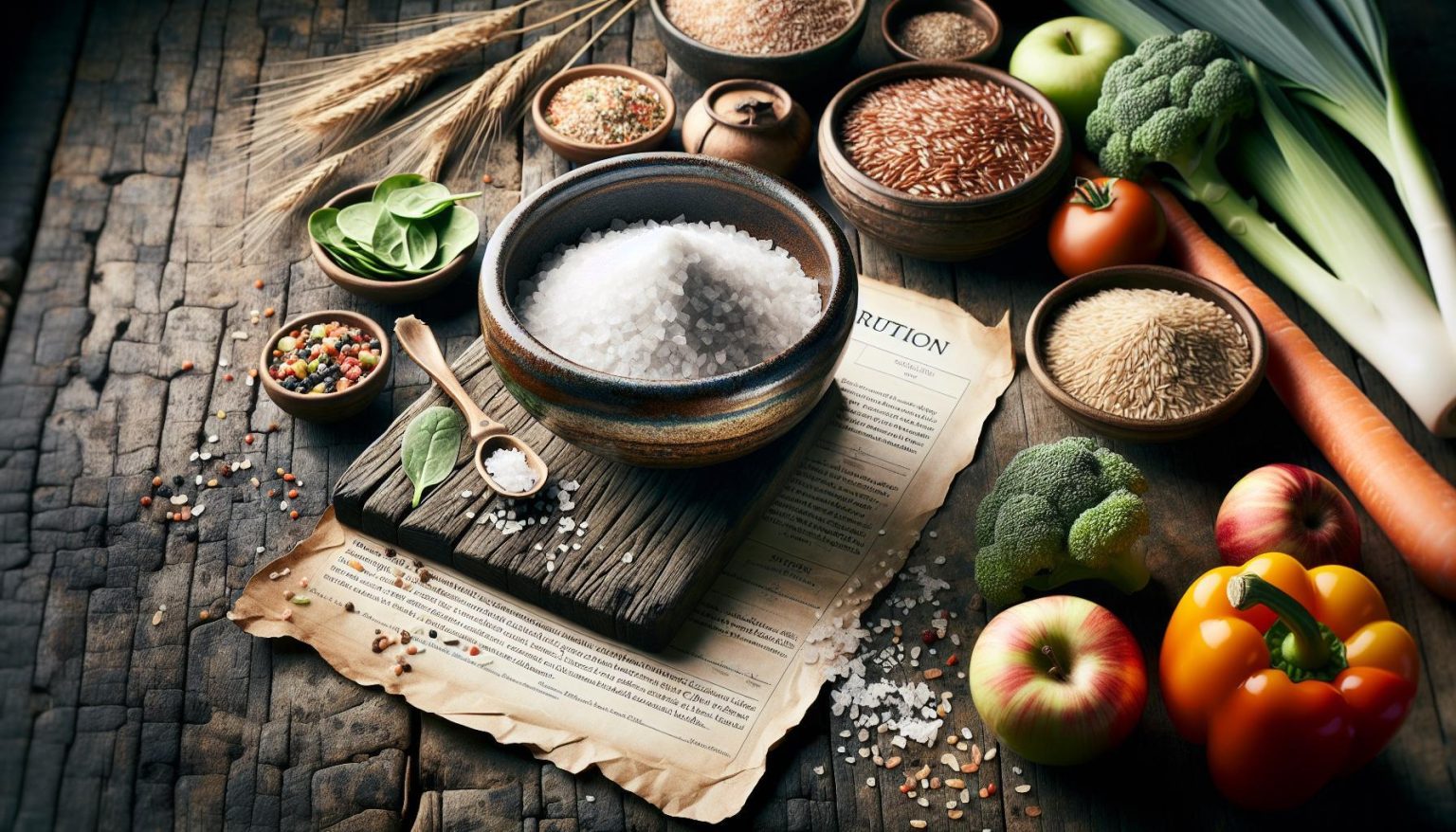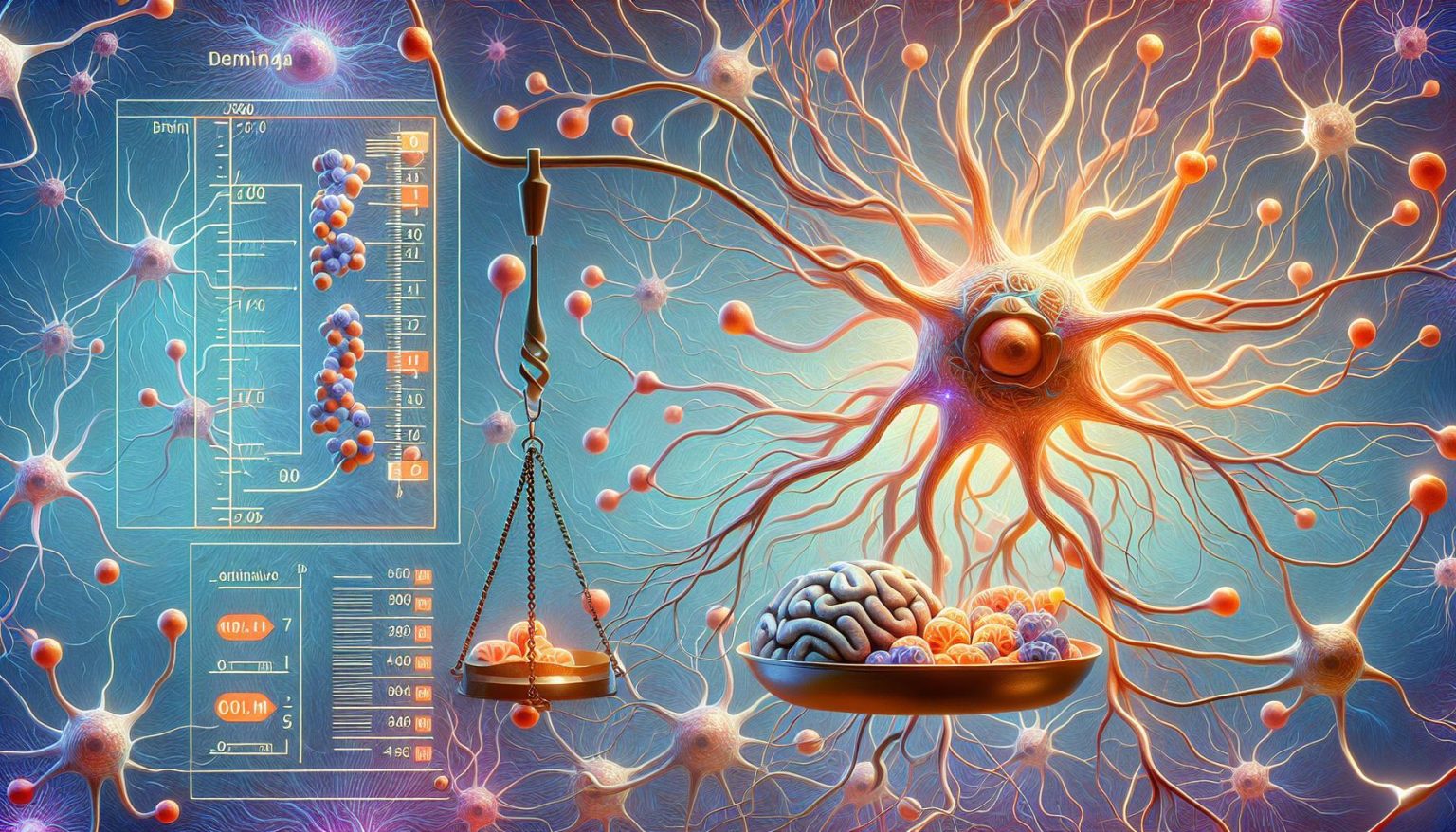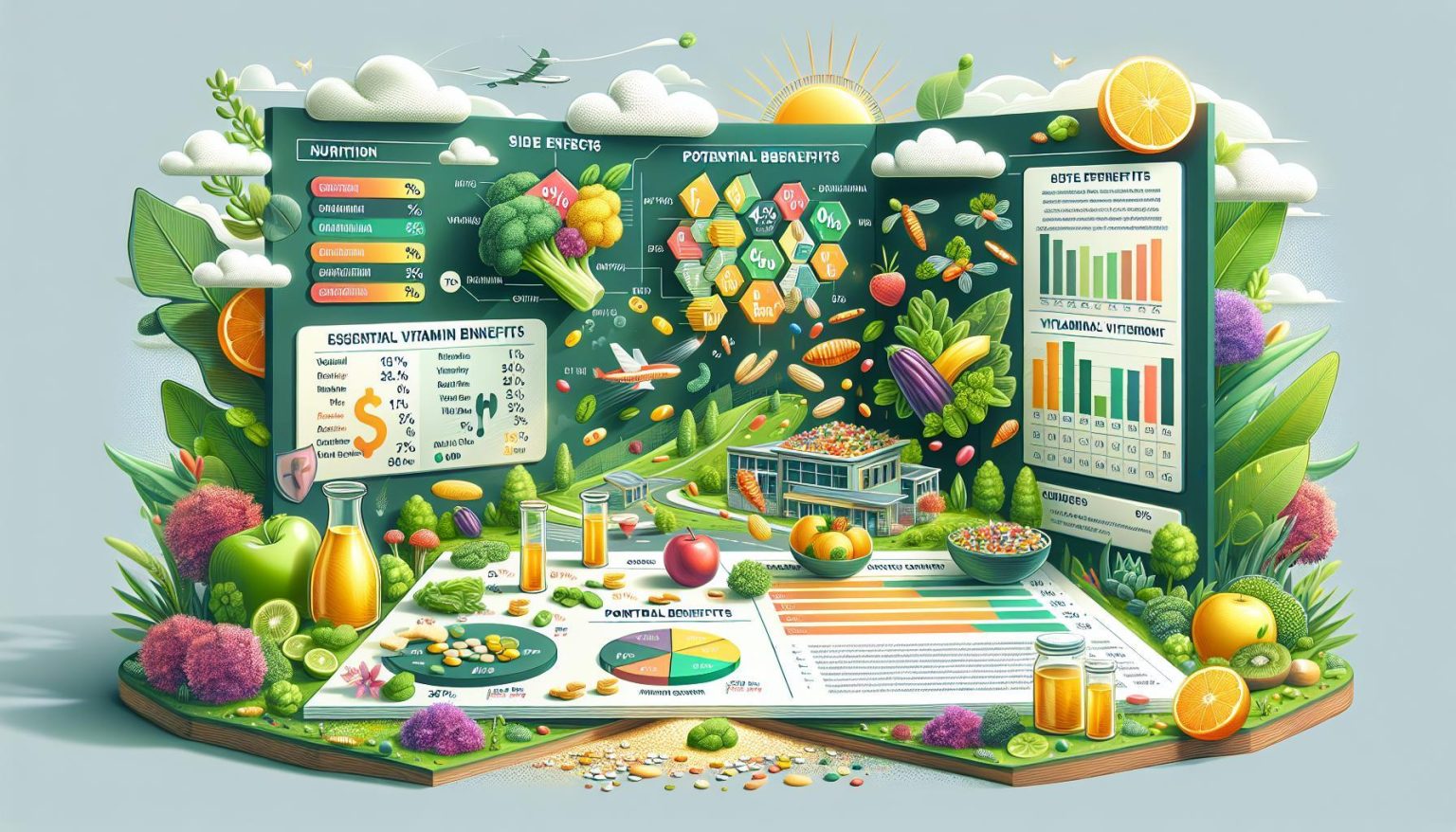With ever-increasing levels of stress, overeating, caffeine and sodium consumption, it is no surprise that blood pressure has become a health issue for many adults. A great way to combat this is to reduce inflammation through a carefully planned blood pressure diet plan.
Such plans offer the opportunity for healthier eating by taking into account your daily meals and snacks, as well as along with tips and recommendations on what foods should be included and avoided. By showcasing the benefits, learning about particular nutrients, understanding restrictive measures and meals planning, individuals can take control of their blood pressure and increase their overall health.
Read this article to learn more about the science behind a blood pressure diet plan, and how its implementation could assist in reducing your risk of heart attack and stroke.
Short Summary
- A blood pressure diet plan is a nutritionally balanced eating plan that reduces and prevents elevated blood pressure.
- Foods to include in this plan are nutrient-rich, low saturated fat foods such as fruits, vegetables, whole grains, and unsaturated fats.
- Foods to avoid are those high in sodium, saturated fat, and added sugars, and it is important to seek out healthy options when dining out.
What is a Blood Pressure Diet Plan?

Benefits of a Blood Pressure Diet Plan
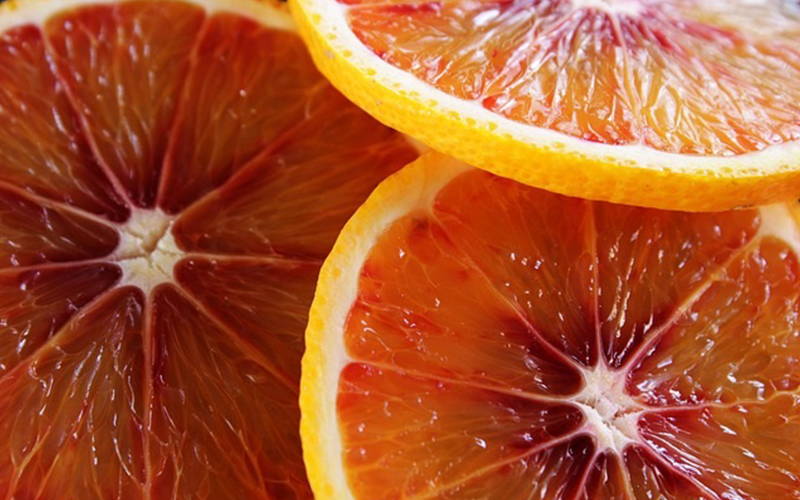
Foods to Include in a Blood Pressure Diet Plan
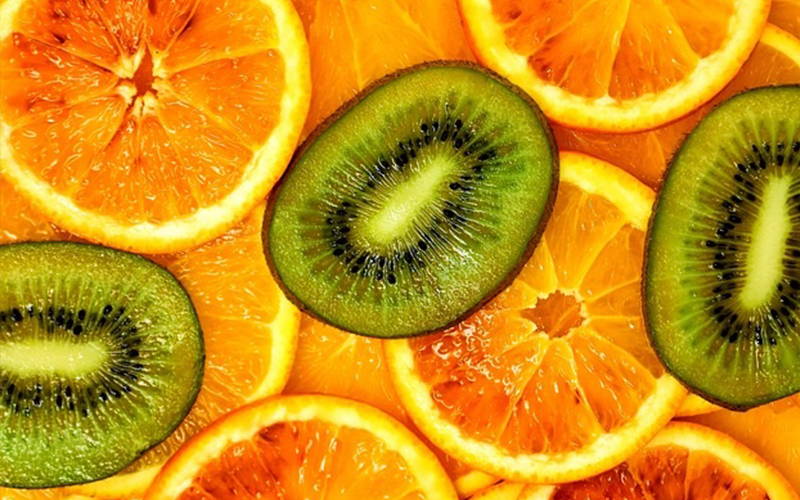
Foods to Avoid in a Blood Pressure Diet Plan
Tips for Following a Blood Pressure Diet Plan
Reducing Inflammation with a Blood Pressure Diet Plan
Summary
Frequently Asked Questions
Which diet is best for high blood pressure?
What not to eat with high blood pressure?
Are eggs bad for high blood pressure?
What is the best diet for someone with hypertension?

